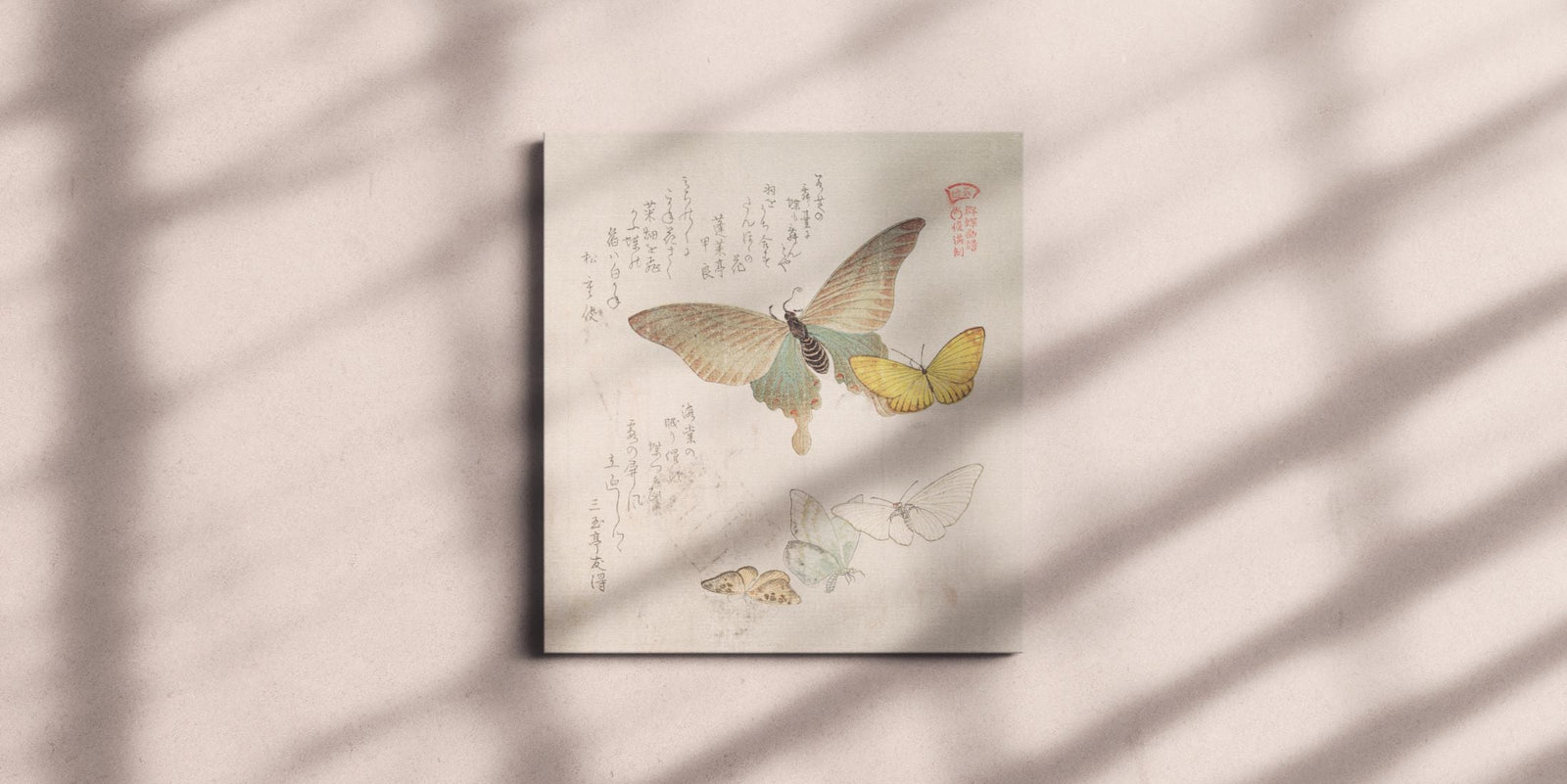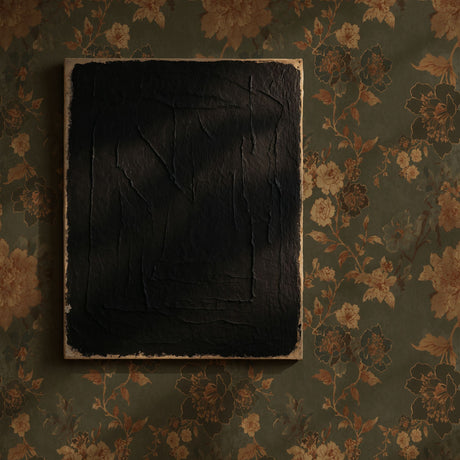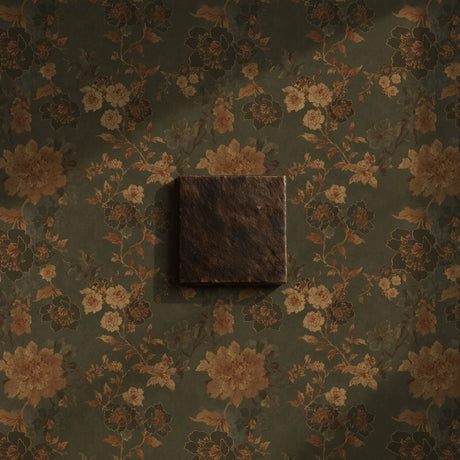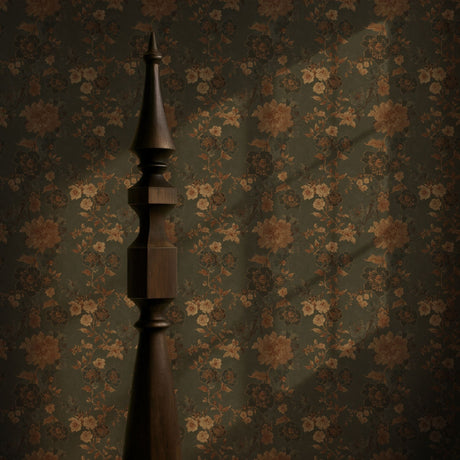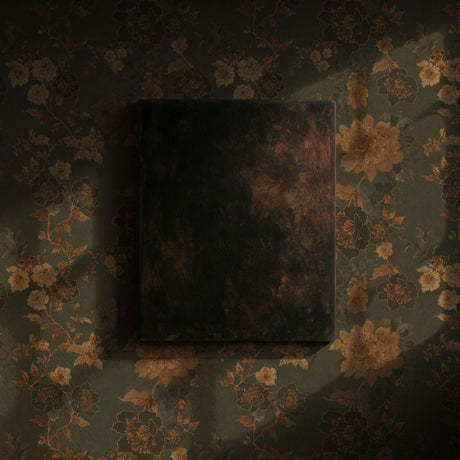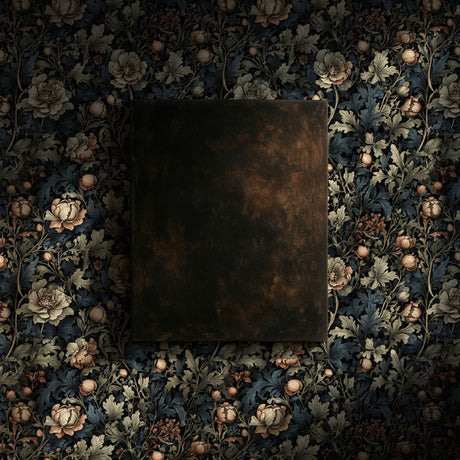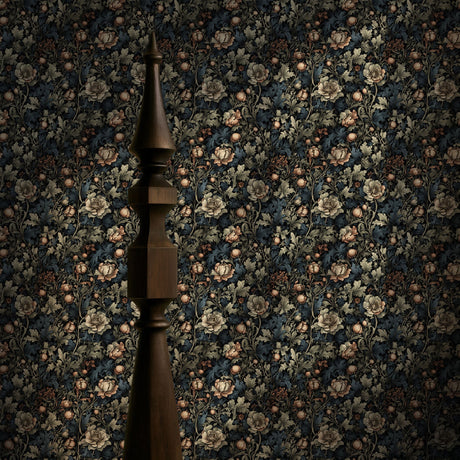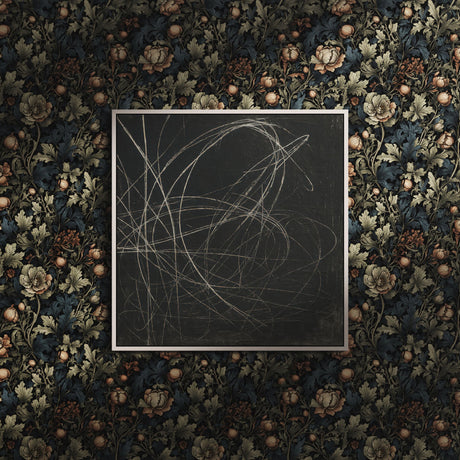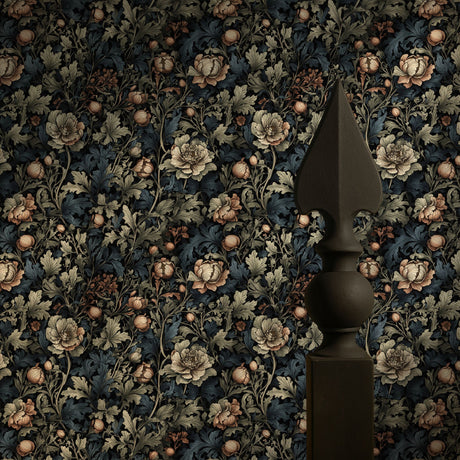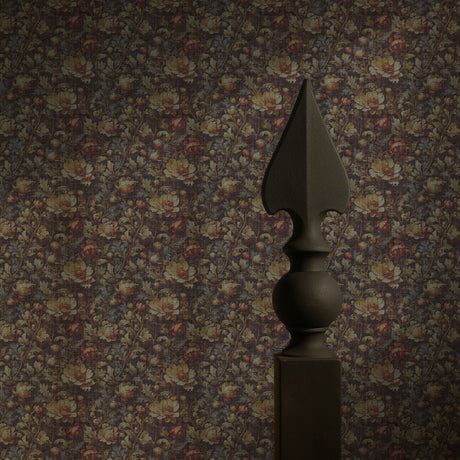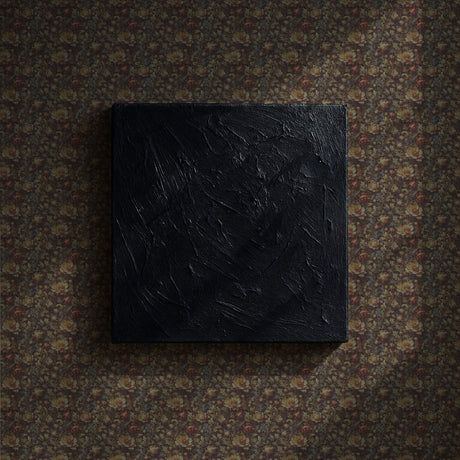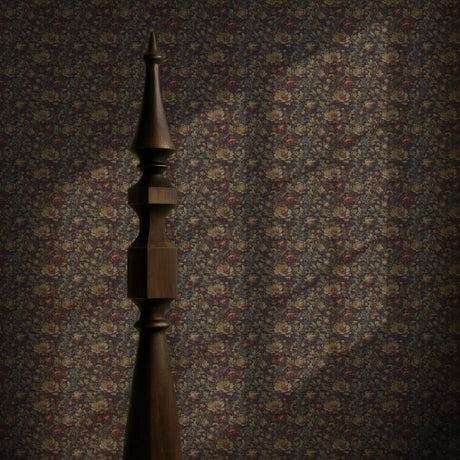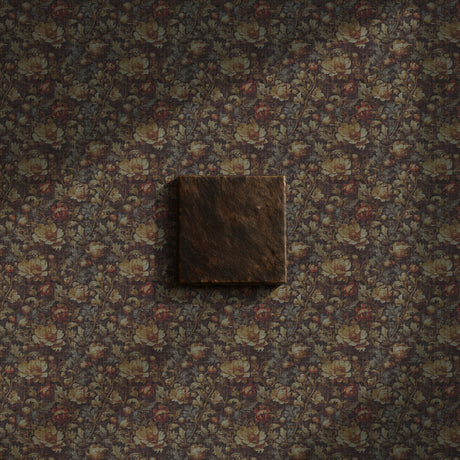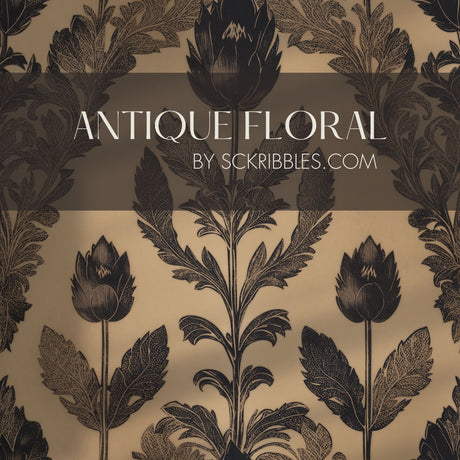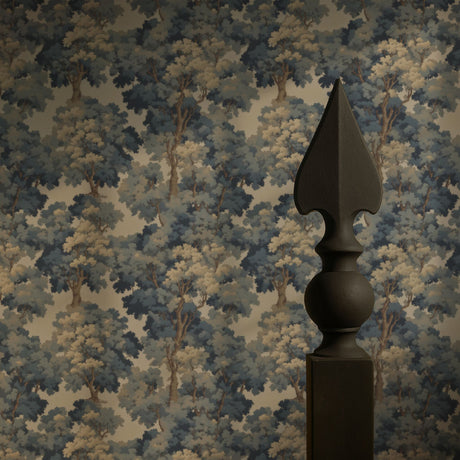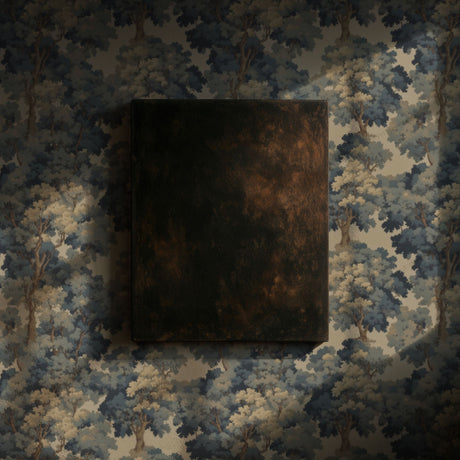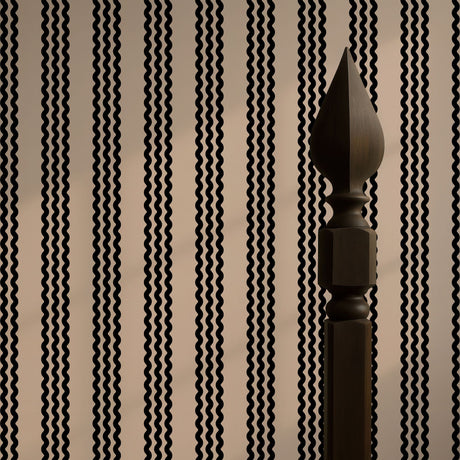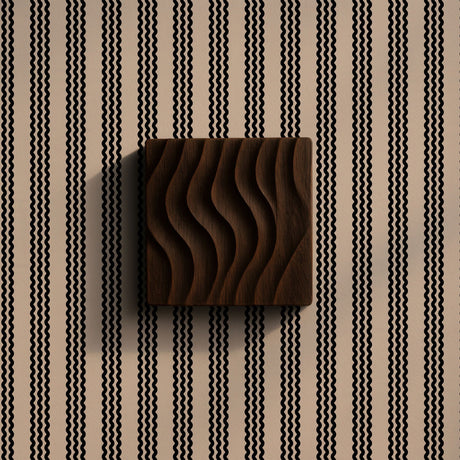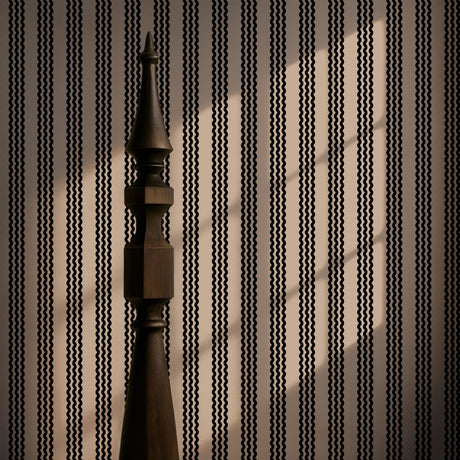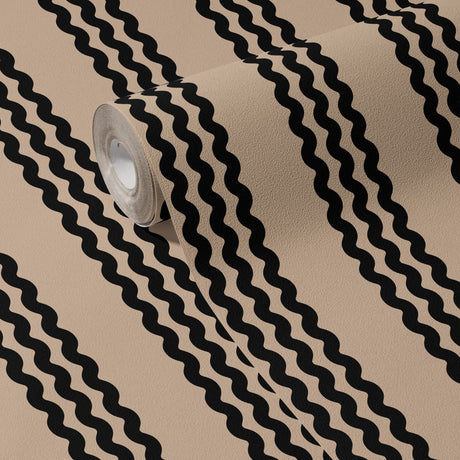How to Preserve Paintings: Tips for Cleaning, Maintaining, and Displaying Vintage Wall Art
Vintage wall art holds a unique charm, serving as a window into the past and a testament to the enduring beauty of artistic expression. Whether you've inherited cherished pieces from previous generations or have acquired vintage artworks that resonate with your aesthetic, properly caring for and displaying these treasures is essential to preserving their historical and artistic value. In this article, we delve into the art of maintaining vintage wall art, offering practical tips on cleaning, preserving, and showcasing these timeless pieces with the respect and care they deserve.
The Significance of Vintage Wall Art
A Glimpse into History
Vintage wall art captures moments in time, reflecting the artistic trends, cultural influences, and societal norms of bygone eras. These artworks provide insights into the styles, techniques, and narratives that shaped the artistic landscape of their respective periods.
Connecting with Tradition
Owning and appreciating vintage wall art allows us to connect with the artistic traditions and craftsmanship of the past. These pieces carry the legacy of artists who have left their mark on the world, contributing to the rich tapestry of art history.
Aesthetic Appeal
Vintage wall art often boasts a distinct aesthetic that adds character and depth to any interior. The patina of age, unique color palettes, and intricate details contribute to the allure of vintage pieces, making them stand out in contemporary settings.
Cleaning and Maintaining Vintage Wall Art
Gentle Dusting
Regular dusting is essential to prevent dirt and debris from accumulating on the surface of vintage artworks. Use a soft, clean brush or a microfiber cloth to gently remove dust without applying excessive pressure.
Avoid Direct Sunlight
Exposure to direct sunlight can lead to fading and deterioration of vintage art. Display your pieces away from windows or use UV-protective glass to shield them from harmful ultraviolet rays.
Temperature and Humidity Control
Maintain a stable indoor environment with controlled temperature and humidity levels. Fluctuations in humidity can cause paper to warp or canvas to stretch, potentially damaging the artwork over time.
Professional Restoration
If your vintage art shows signs of damage, such as tears, discoloration, or flaking, consider seeking the expertise of a professional art restorer. Restoration techniques can breathe new life into damaged pieces while preserving their authenticity.
Proper Framing
Framing plays a crucial role in protecting vintage art. Choose archival-quality materials, acid-free matting, and UV-protective glazing to safeguard the artwork from environmental factors.
Displaying Vintage Wall Art with Care
Wall Placement
When choosing a location for your vintage art, consider factors such as lighting, room aesthetics, and the overall theme of your interior design. Vintage pieces can become focal points that anchor the room's ambiance.
Grouping and Arrangement
Experiment with arranging multiple vintage artworks together for a curated gallery effect. Group pieces based on themes, styles, or color palettes to create a visually harmonious display.
Mixing Eras and Styles
Vintage art doesn't have to be confined to vintage-themed spaces. Consider juxtaposing vintage pieces with contemporary decor to create a dynamic and visually intriguing contrast that adds depth to your interior.
Balancing Visual Interest
Balance is key when displaying vintage art. Avoid overcrowding the wall with too many pieces, as this can diminish the impact of each artwork. Instead, allow enough space between pieces to let each one shine.
Lighting Enhancement
Illuminate your vintage art effectively to enhance its visibility and impact. Consider using art-specific lighting fixtures or adjustable spotlights that can be directed toward the artwork.
Long-Term Preservation Strategies
Documenting Provenance
Provenance, or the documented history of ownership, adds value to vintage art. Maintain records of where and when you acquired each piece, as well as any documentation or certificates that accompany the artwork.
Appraisal and Insurance
Consider having your vintage art appraised by a professional to determine its current market value. This information is valuable for insurance purposes and ensures that your cherished pieces are adequately covered.
Rotation and Preservation
Rotate your displayed vintage art periodically to minimize exposure to light and environmental conditions. Store un-displayed pieces in a cool, dry place, and consider using acid-free tissue paper or archival sleeves to protect them.
Professional Preservation
For particularly valuable or delicate vintage pieces, consult with a professional art conservator. These experts can provide guidance on long-term preservation, handling, and storage techniques.
Celebrating History and Aesthetics
Vintage wall art invites us to step into the past and appreciate the craftsmanship, stories, and aesthetics that have stood the test of time. By following these tips for cleaning, maintaining, and displaying vintage art, you can ensure that these precious pieces continue to captivate and inspire for generations to come. As you integrate vintage art into your living space, you not only enrich your interior design but also honor the artists and cultural heritage that have contributed to the vibrant tapestry of art history.
Read More: Exploring the Psychology of Wall Art
